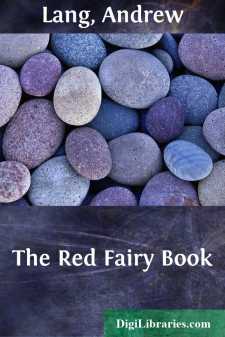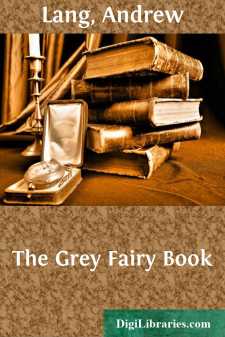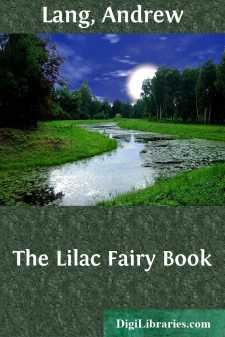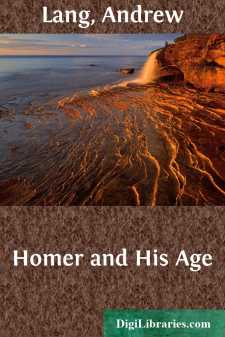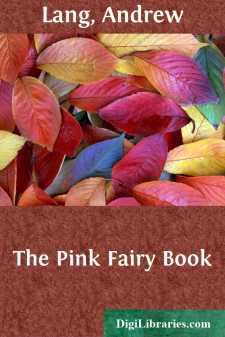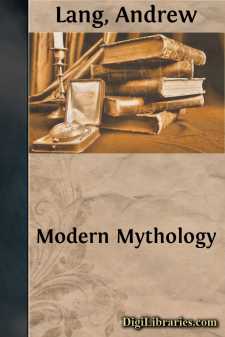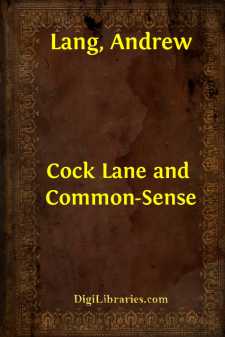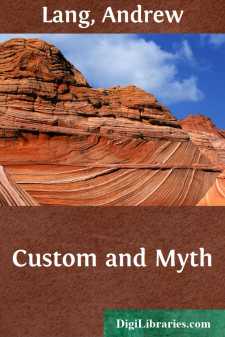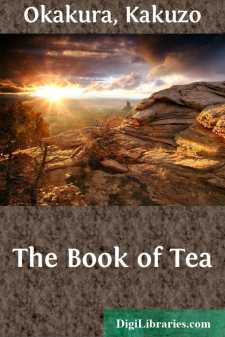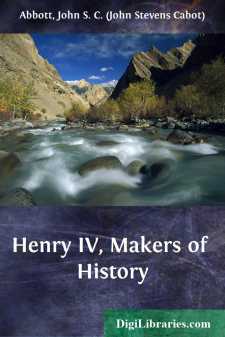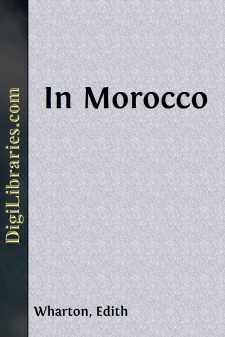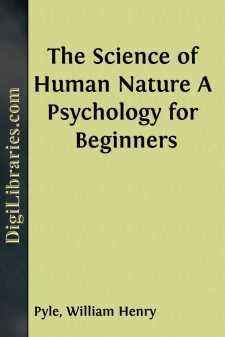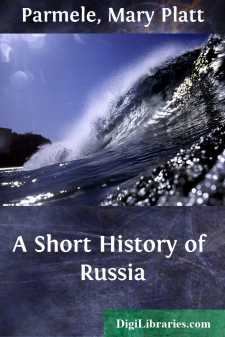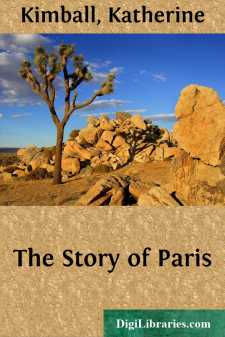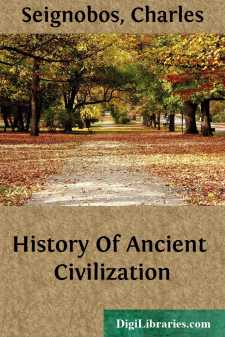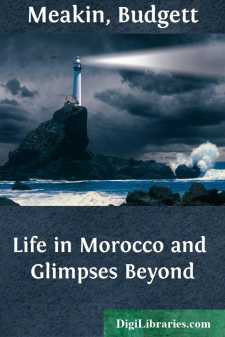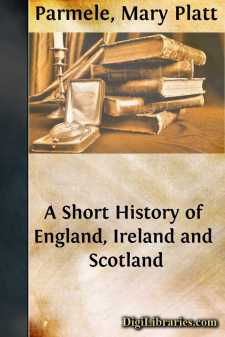Categories
- Antiques & Collectibles 13
- Architecture 36
- Art 48
- Bibles 22
- Biography & Autobiography 813
- Body, Mind & Spirit 142
- Business & Economics 28
- Children's Books 15
- Children's Fiction 12
- Computers 4
- Cooking 94
- Crafts & Hobbies 4
- Drama 346
- Education 46
- Family & Relationships 57
- Fiction 11828
- Games 19
- Gardening 17
- Health & Fitness 34
- History 1377
- House & Home 1
- Humor 147
- Juvenile Fiction 1873
- Juvenile Nonfiction 202
- Language Arts & Disciplines 88
- Law 16
- Literary Collections 686
- Literary Criticism 179
- Mathematics 13
- Medical 41
- Music 40
- Nature 179
- Non-Classifiable 1768
- Performing Arts 7
- Periodicals 1453
- Philosophy 64
- Photography 2
- Poetry 896
- Political Science 203
- Psychology 42
- Reference 154
- Religion 513
- Science 126
- Self-Help 84
- Social Science 81
- Sports & Recreation 34
- Study Aids 3
- Technology & Engineering 59
- Transportation 23
- Travel 463
- True Crime 29
A Short History of Scotland
by: Andrew Lang
Description:
Excerpt
CHAPTER I. SCOTLAND AND THE ROMANS.
If we could see in a magic mirror the country now called Scotland as it was when the Romans under Agricola (81 A.D.) crossed the Border, we should recognise little but the familiar hills and mountains. The rivers, in the plains, overflowed their present banks; dense forests of oak and pine, haunted by great red deer, elks, and boars, covered land that has long been arable. There were lakes and lagoons where for centuries there have been fields of corn. On the oldest sites of our towns were groups of huts made of clay and wattle, and dominated, perhaps, by the large stockaded house of the tribal prince. In the lochs, natural islands, or artificial islets made of piles (crannogs), afforded standing-ground and protection to villages, if indeed these lake-dwellings are earlier in Scotland than the age of war that followed the withdrawal of the Romans.
The natives were far beyond the savage stage of culture. They lived in an age of iron tools and weapons and of wheeled vehicles; and were in what is called the Late Celtic condition of art and culture, familiar to us from beautiful objects in bronze work, more commonly found in Ireland than in Scotland, and from the oldest Irish romances and poems.
In these “epics” the manners much resemble those described by Homer. Like his heroes, the men in the Cuchullain sagas fight from light chariots, drawn by two ponies, and we know that so fought the tribes in Scotland encountered by Agricola the Roman General (81-85 A.D.) It is even said in the Irish epics that Cuchullain learned his chariotry in Alba—that is, in our Scotland. The warriors had “mighty limbs and flaming hair,” says Tacitus. Their weapons were heavy iron swords, in bronze sheaths beautifully decorated, and iron-headed spears; they had large round bronze-studded shields, and battle-axes. The dress consisted of two upper garments: first, the smock, of linen or other fabric—in battle, often of tanned hides of animals,—and the mantle, or plaid, with its brooch. Golden torques and heavy gold bracelets were worn by the chiefs; the women had bronze ornaments with brightly coloured enamelled decoration.
Agriculture was practised, and corn was ground in the circular querns of stone, of which the use so long survived. The women span and wove the gay smocks and darker cloaks of the warriors.
Of the religion, we only know that it was a form of polytheism; that sacrifices were made, and that Druids existed; they were soothsayers, magicians, perhaps priests, and were attendant on kings.
Such were the people in Alba whom we can dimly descry around Agricola’s fortified frontier between the firths of Forth and Clyde, about 81-82 A.D. When Agricola pushed north of the Forth and Tay he still met men who had considerable knowledge of the art of war. In his battle at Mons Graupius (perhaps at the junction of Isla and Tay), his cavalry had the better of the native chariotry in the plain; and the native infantry, descending from their position on the heights, were attacked by his horsemen in their attempt to assail his rear. But they were swift of foot, the woods sheltered and the hills defended them. He made no more effectual pursuit than Cumberland did at Culloden....



